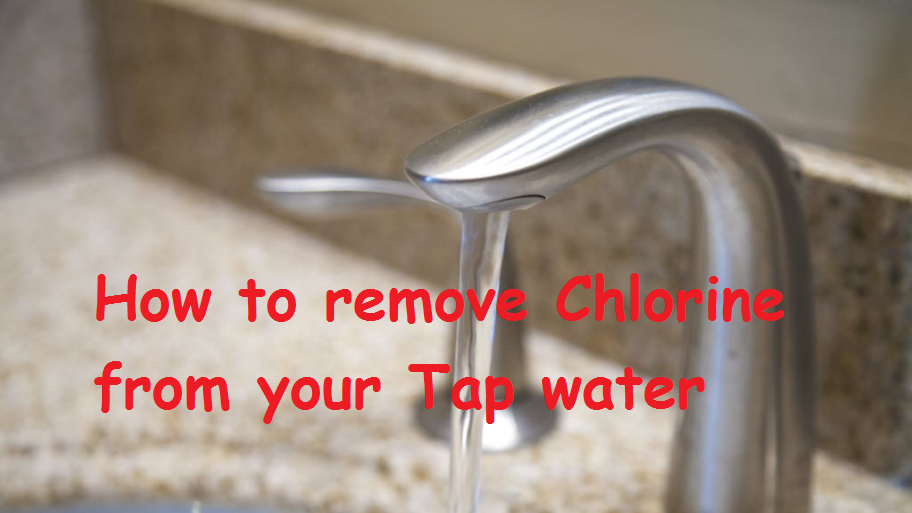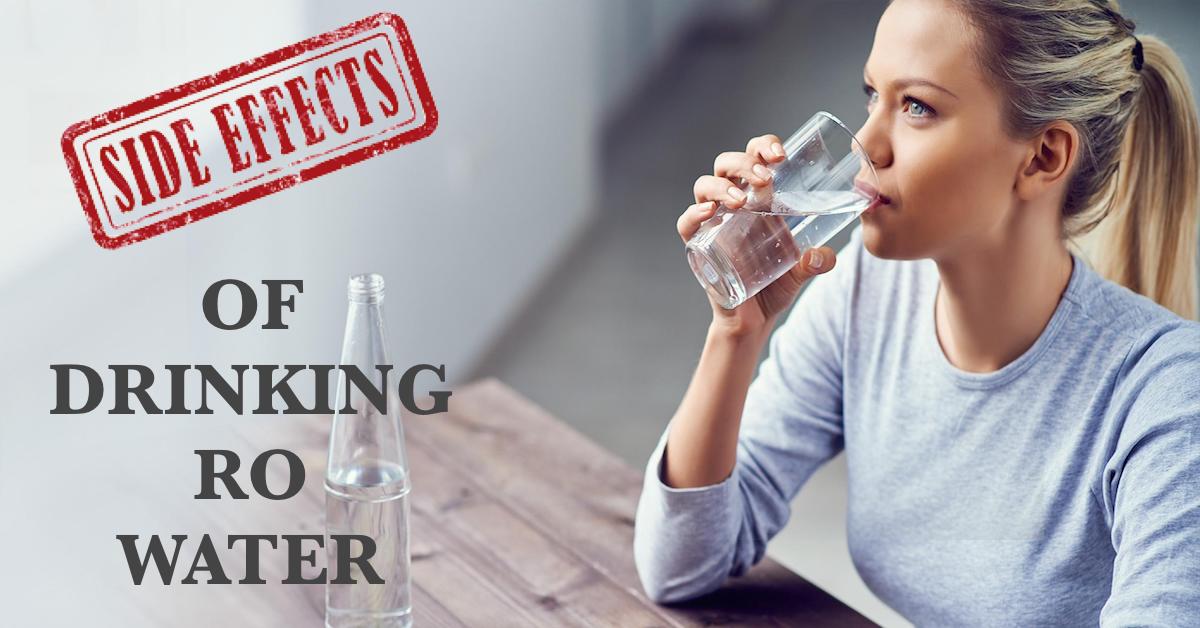
Use of chlorine in the purification of water is very common nowadays. It is a chemical that is mostly added in the water as a disinfectant agent. It helps in killing bacteria, microorganisms, protozoans, parasites, and viruses that develop in the water supply and travels through water pipes to our home. Thus, it makes it safe to drink. Experts find the addition of chlorine to water helpful for effective eradication of waterborne germs such as the norovirus and e.coli.

However, there are a few side effects of drinking chlorinated water. People who drink such water can suffer from a wide range of health issues. To prevent these side effects, it becomes necessary to remove chlorine from water. In this article, we are going to discuss these ways.
Harmful effects of chlorine on human health
When water gets treated with chlorine it gets an unpleasant taste and smell which can affect the taste of your food too. If the presence of chlorine is more than safe limits, then it can even cause you sick.
On the addition of chlorine to water, it combines with organic matters present in it. This can form Trihalomethanes or a byproduct. Both of them are toxic in nature when inhaled, consumed or comes in touch with the skin.
As per the recent studies performed in understanding the impact of chlorine on the health of a person, it has been found that its excess exposure can cause side effects on health in just a few seconds.
Some of the commonest forms of symptoms of getting exposed to chlorine are:
- Chest tightness
- Problem in breathing
- Eye irritation
- Cough
- Irritation of the air passage
- Skin irritation
- Soreness in the throat
- Wheezing
The severity of these ailments depends on the dose and duration of its exposure on the body.
What are the admissible levels of chlorine in drinking water?
As per the recent studies performed on the impact of chlorine in the water it has been stated that consuming small quantities of chlorine is not harmful to human health. According to the Environmental Protection Agency, the admissible levels of chlorine in water is prescribed to be not greater than four mg per liter.
It is regarded as a permissible level for consumption. Though, low levels are not essentially risky but can give a bad odor and taste to your water. This makes it less palatable. To be on the safer side, the best strategy is to prevent any presence of chlorine in the water. It can be achieved in the following ways.
How to Remove Chlorine from Water You Drink?
Use of GAC filter
To get odorless, tasteless and colorless pure water, you can use a GAC filter. This is one of the most recommended and effective filters that is observed to completely eliminate any traces of chlorine from the water.
This filter stands for Granular Activated Carbon filter. It can easily be installed in your water cooler. These filters are made using raw organic materials like coal, wood, heat and coconut shells that are used to activate the carbon in the water.
Due to the large surface area, carbon gets its effectiveness from its natural porous properties. This property makes it highly efficient at trapping as well as absorbing any form of natural organic compounds and artificial organic chemicals from the liquid that passes through it.
CBC filter
This is another effective method in our list. This chlorine elimination method uses a 10-Micron Carbon Block filter in a POU system. The working of this filter is almost similar to the GAC filter. It has gota larger surface area that allows it to trap higher quantities of contaminants. Due to the presence of an active carbon present in the cartridge filter, it can assist in effectively trapping of chemicals like chlorine.
A polyphosphate filter
As the name suggests, this filter is highly advised to be used in any POU system. It works by way of dissolving polyphosphate particles and forming a coat around chemicals like calcium, magnesium, and iron. Use of this filter makes it impossible for agents to stay in the water that gets filtered out for distribution.
Other available choices to purify your water systems
In place of use of chlorine for the purification of water, there are a few other systems that would help you purify water without any side effects.
- Reverse Osmosis
- Ultraviolet Light
- Activated and Catalytic Carbon
Conclusion
Though chlorine at regulated amounts doesn’t cause any harm to a human being. However, it is wise to stayprotected from the ill effects caused due to its exposure. Don’t hesitate in trying techniques to remove chlorine content in the water or other water purification techniques.
Not just it will nurture yourself but protect the environment too. Start off with a simple solution that is inline to your home requirements and promotes the overall well-being of everyone in your family.



